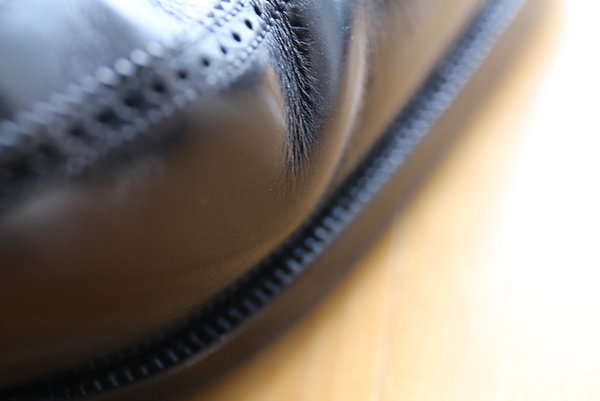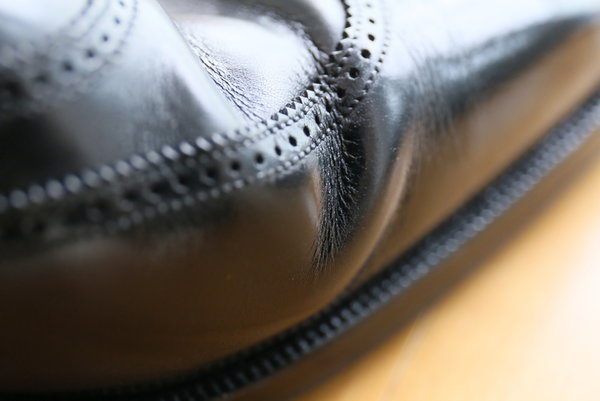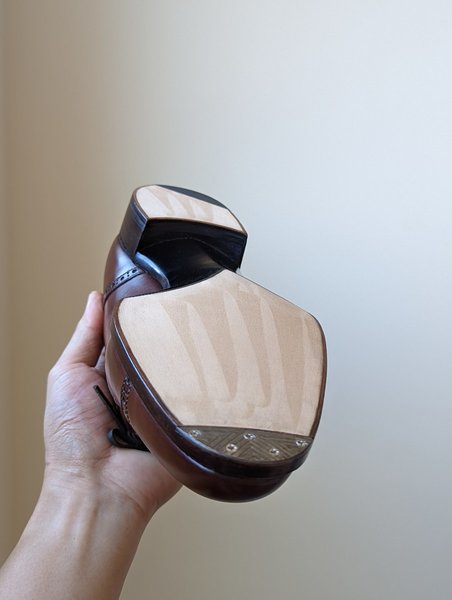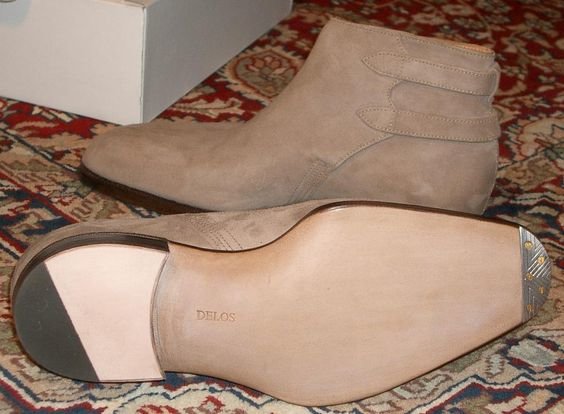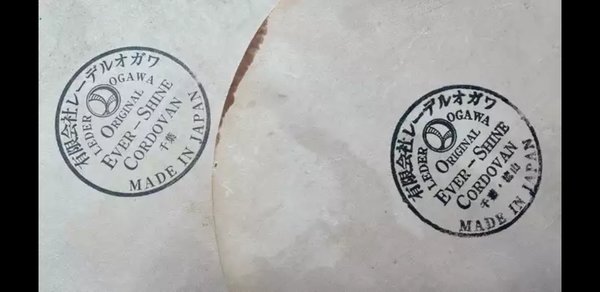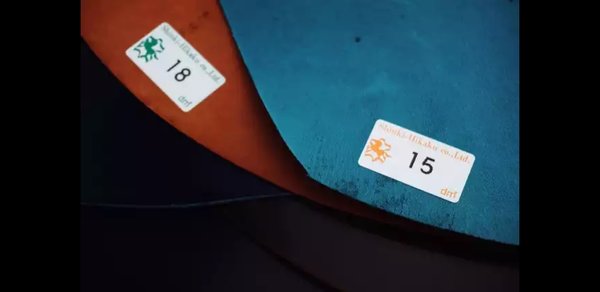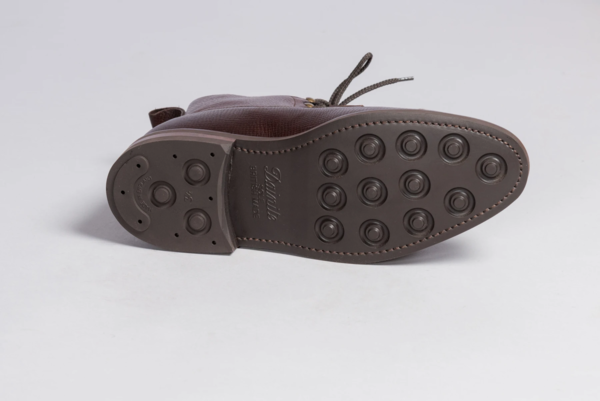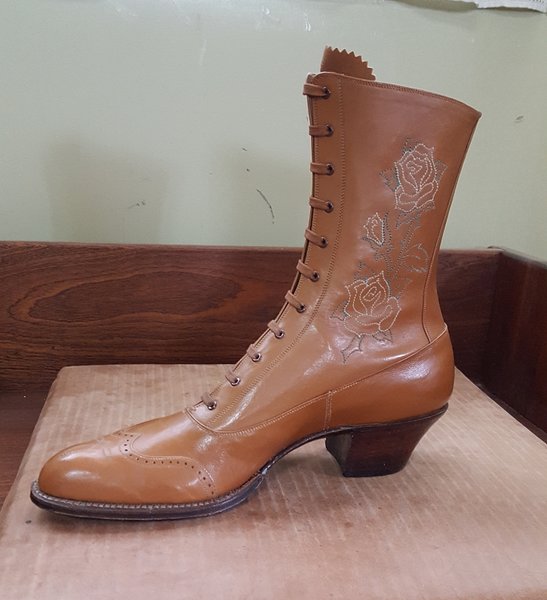- Joined
- Jan 8, 2008
- Messages
- 10,132
- Reaction score
- 5,714
Interesting. If you're not clinching the nail, I don't see how the nail is holding any better than a peg...? The peg, at least...for all its other flaws...has a certain coefficient of friction (is that a correct phrase?) that the nail doesn't.
Unless it rusts.
I'd imagine they would be, I've never used a last with any metal plates though so I've never had to deal with a clinched nail.
Interesting. If you're not clinching the nail, I don't see how the nail is holding any better than a peg...? The peg, at least...for all its other flaws...has a certain coefficient of friction (is that a correct phrase?) that the nail doesn't.
Unless it rusts.

Last edited:



